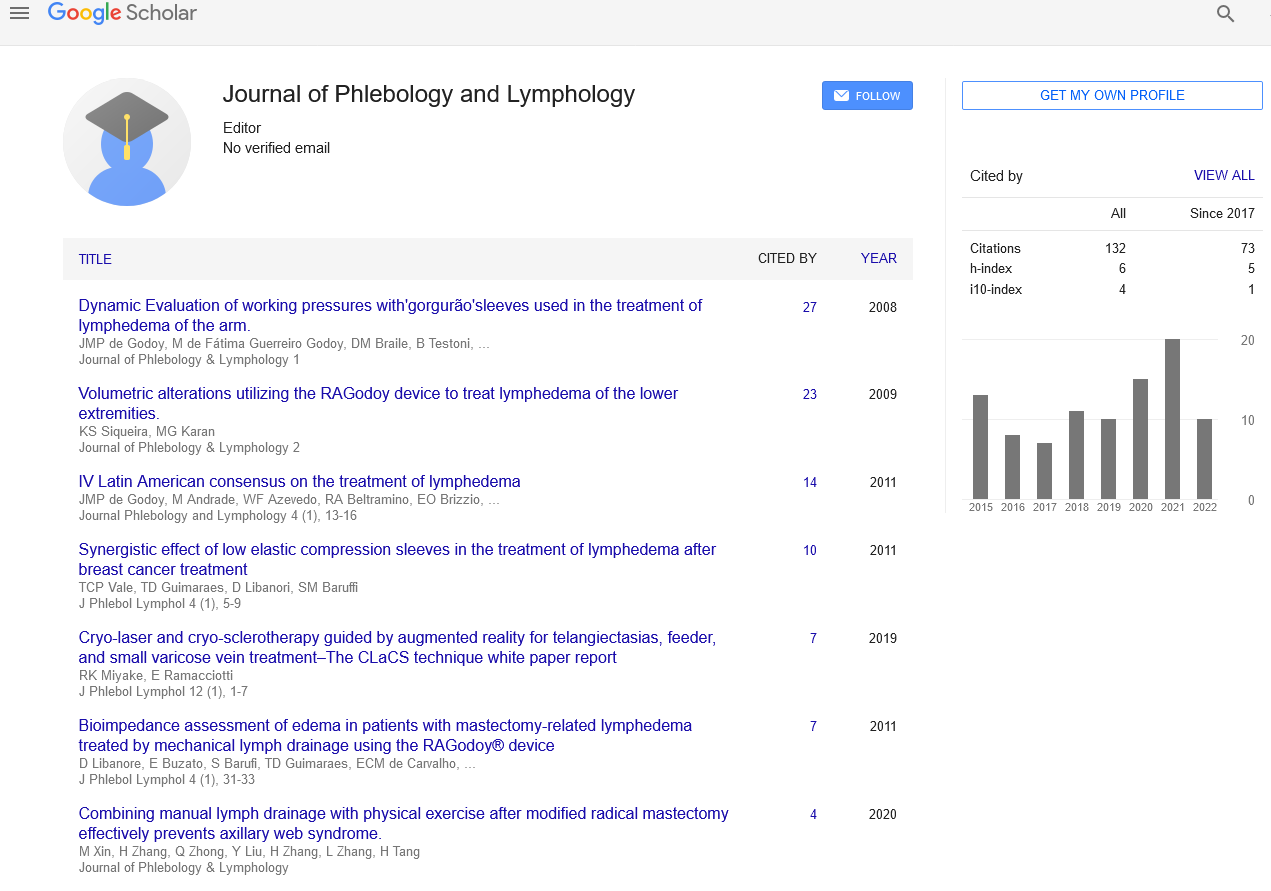Evaluation of hepatitis B markers and reactivation of hepatitis B infection in non-hodgkin lymphoma patients treated with rituximab: a single-Center study
2 Department of Internal Medicine, Ä°zmir Bozyaka Training and Research Hospital, İzmir, Turkey
Received: 13-Apr-2020 Accepted Date: Apr 28, 2020; Published: 05-May-2020
Citation: Namdaroglu S, Yildirim G, Gediz F, Bilgir O. Evaluation of hepatitis B markers and reactivation of hepatitis B infection in non-hodgkin lymphoma patients treated with rituximab: A single-center study. J Phlebol Lymphol 2020;13(1):12-16.
This open-access article is distributed under the terms of the Creative Commons Attribution Non-Commercial License (CC BY-NC) (http://creativecommons.org/licenses/by-nc/4.0/), which permits reuse, distribution and reproduction of the article, provided that the original work is properly cited and the reuse is restricted to noncommercial purposes. For commercial reuse, contact reprints@pulsus.com
Abstract
Purpose: To assess the frequency of hepatitis B infection reactivation and to evaluate the alterations in hepatitis B virus (HBV) infection markers in non- Hodgkin lymphoma (NHL) patients treated with rituximab-based chemotherapy (R-CT).
Methods: Retrospective analysis was performed using data derived from the medical records of 180 NHL patients (89 women, 91 men) who received RCT in the hematology department of a tertiary care. The baseline descriptives, clinical data, and laboratory data, including NHL subtypes, chemotherapy cycles and regimens, HBV infection markers, HBV reactivation indicators, antiviral prophylaxis, and prognostic outcomes were noted.
Results: The average age was of 180 61.19 ±14.02 (range: 21-94) and the most common diagnoses were diffuse large B-cell lymphoma (n=108, 60%),marginal zone lymphoma (n=25, 13.9%), chronic lymphocytic lymphoma (n=18, 10%), lymphoplasmocytic lymphoma (n=4, 2.2%), and mantle cell lymphoma (n=4, 2.2%), respectively. Positivity rates for HBsAg, anti-HBs, and anti-HBc IgG were 8 (4.4%), 59 (32.8%), and 53 (29.4%), respectively. Isolated positivity for HBc IgG was detected in 14 (7.8%) patients. Antiviral prophylaxis was administered in 30 cases (16.7%) and entecavir (n=21), lamivudin (n=8) and tenofovir (n=1) were given. In case of viral reactivation (n=4, 2.2%), entecavir treatment was successful and no mortality associated with fulminant hepatitis or hepatic failure were reported.
Conclusion: We conclude that NHL patients receiving R-CT must be closely monitored for reactivation of HBV infection. Antiviral prophylaxis must be initiated without delay in selected cases and careful follow-up of these patients is crucial to minimize morbidity and mortality.





